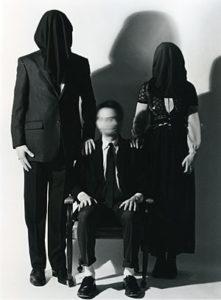As the new academic year begins, incoming first-year students, returning students and especially students eligible for financial aid are searching for on-campus employment. If you plan to hire student workers for Fall Term and have not already posted your opening(s), please do so on LUworks as soon as possible.
FOR FIRST-TIME USERS:
- Go to https://myinterfase.com/lawrence/passwordreset.aspx and enter your username firstname.i.lastname@lawrence.edu.
- You will be sent a temporary password.
- Log in at https://myinterfase.com/lawrence/employer/ to post your job opportunity.
FOR RETURNING USERS:
- Log in at https://myinterfase.com/lawrence/employer/ to post or update your job opportunity.
If you have any questions about the log-in process, please call Career Services at x6561.

